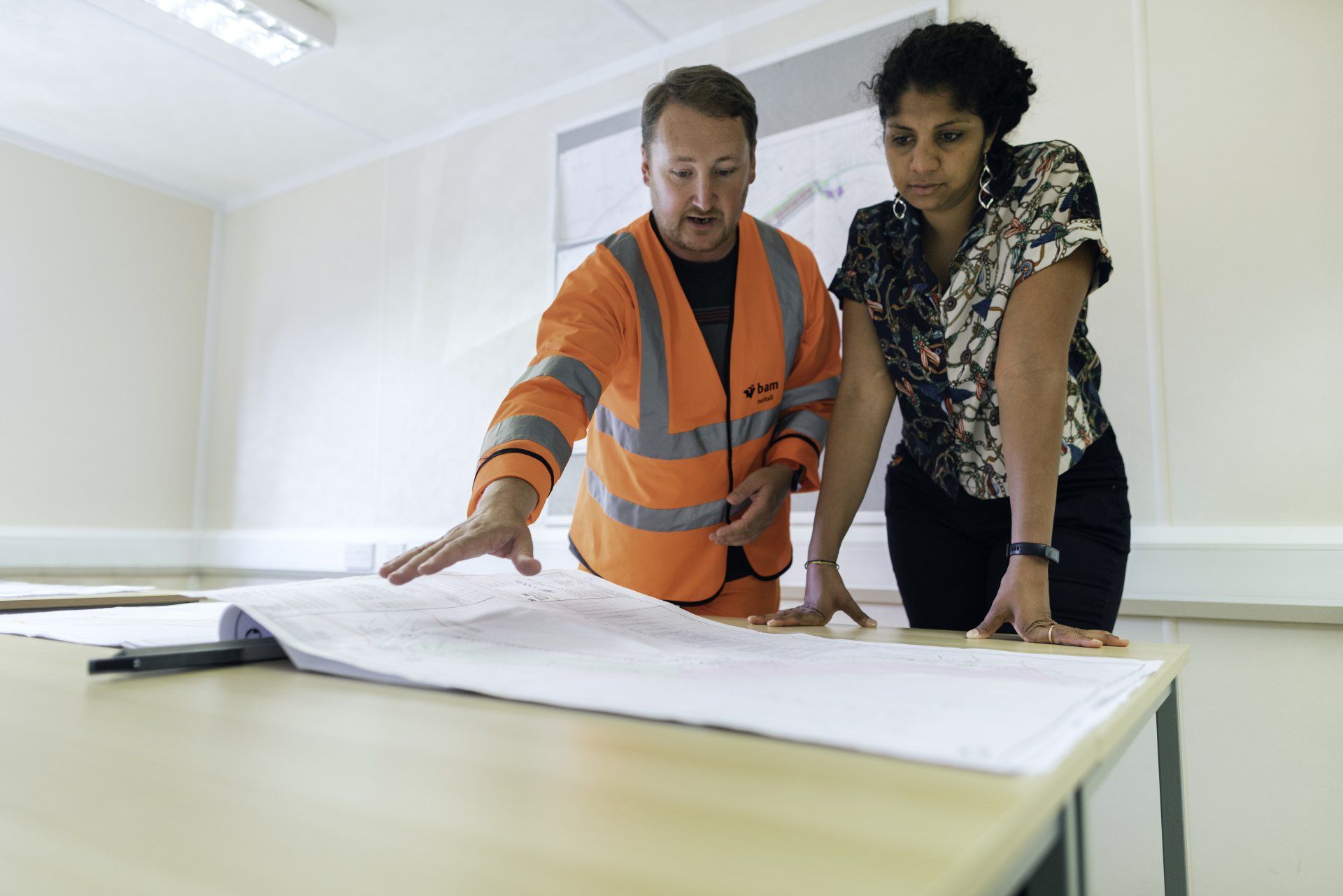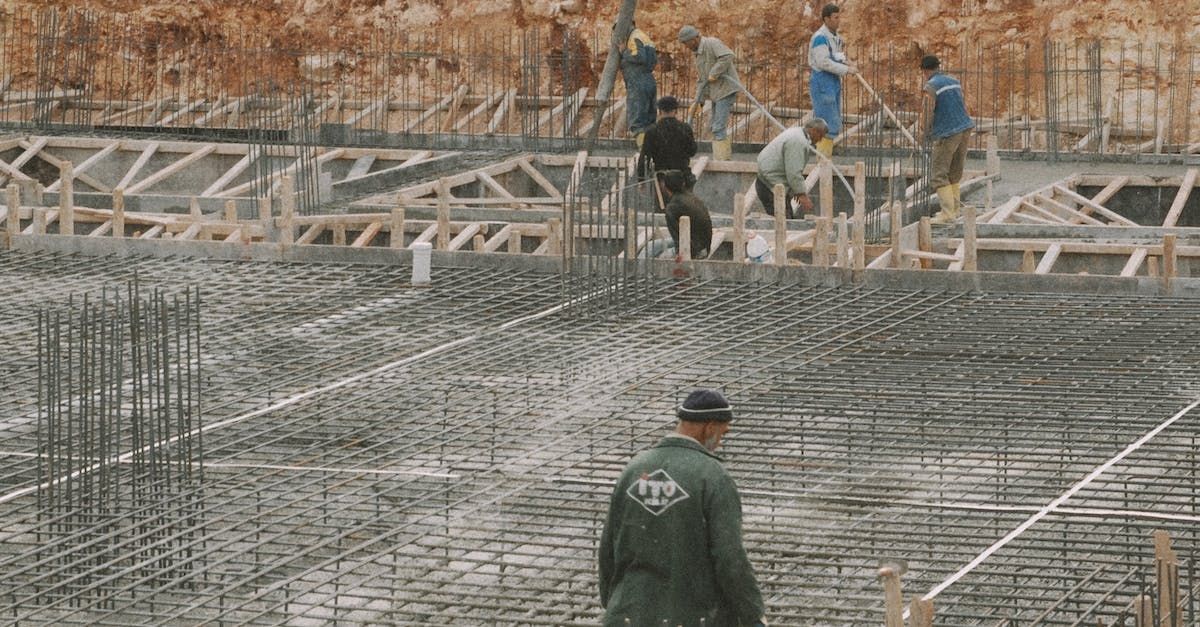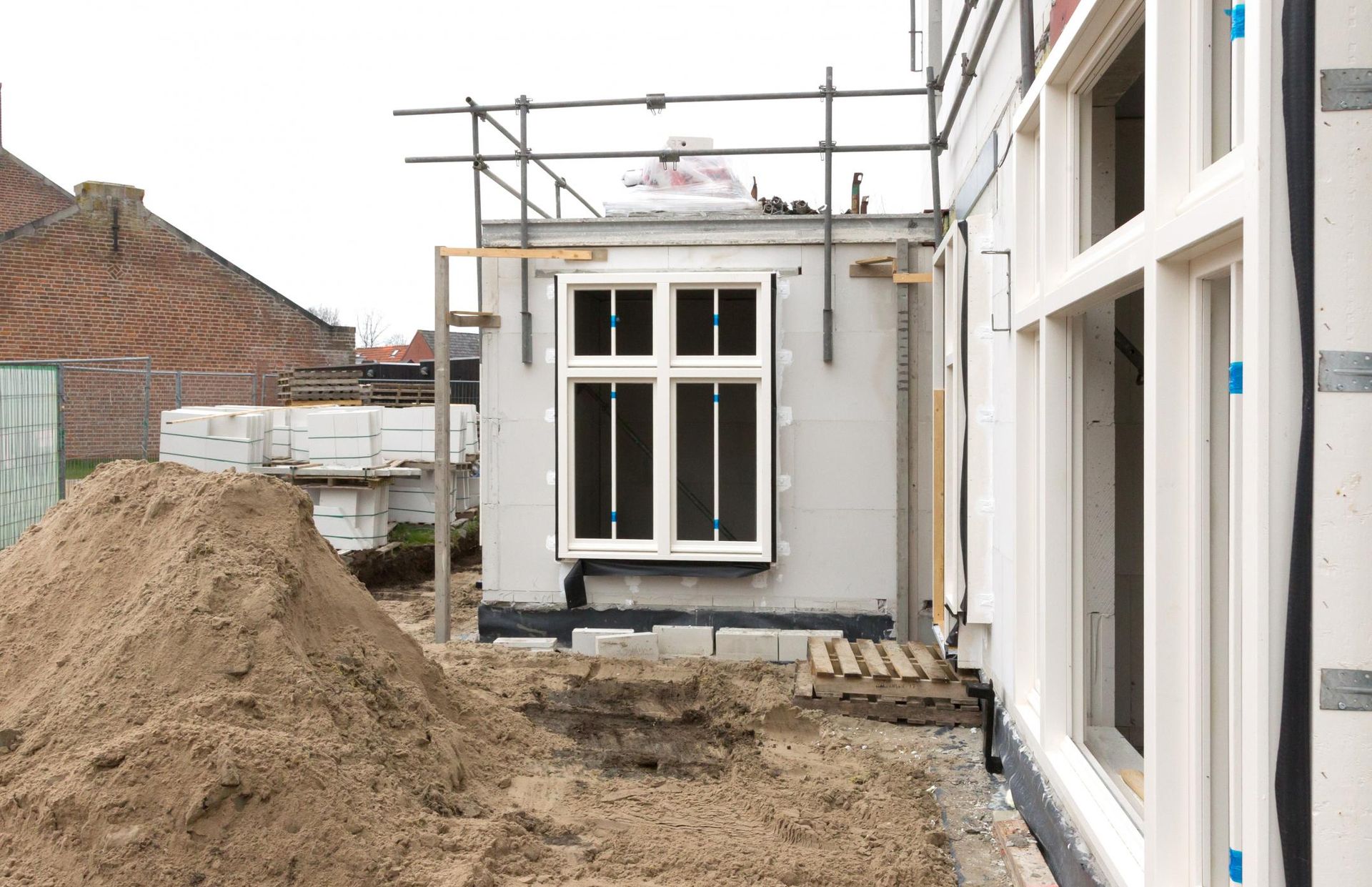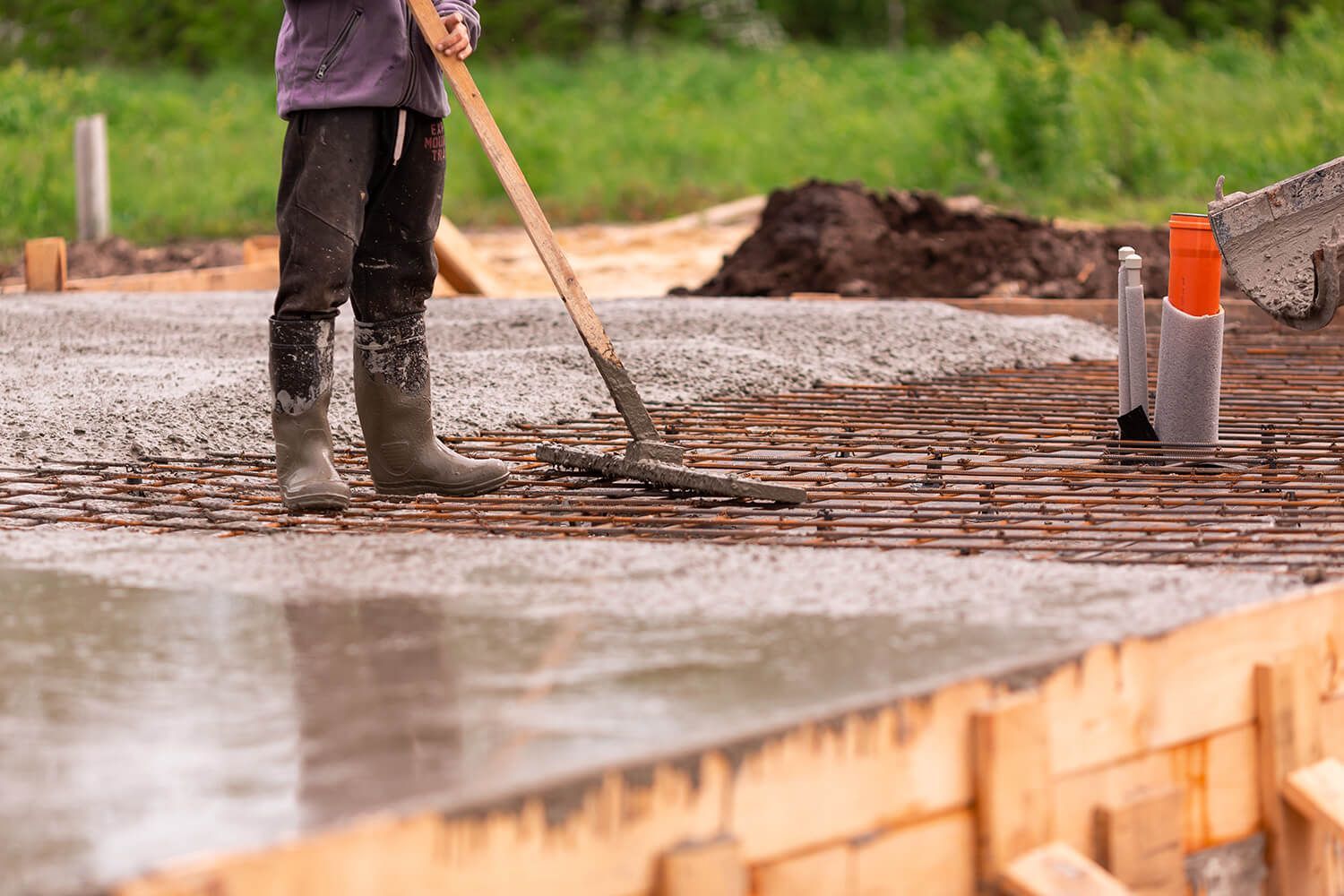Homeowner's Guide: When & Why Invest in Foundation Underpinning
Unveiling the Essentials of Foundation Strengthening: A Strategic Approach to Home Stability
Foundation underpinning services are critical to maintaining the structural integrity of your home. This process involves extending the depth or width of your foundation to distribute the weight of your house onto more supportive soil or materials. It's a significant investment, both in terms of time and money, but it can be crucial for the longevity and safety of your home. This guide aims to walk you through the when and why of investing in foundation underpinning, ensuring you have all the information needed to make an informed decision.
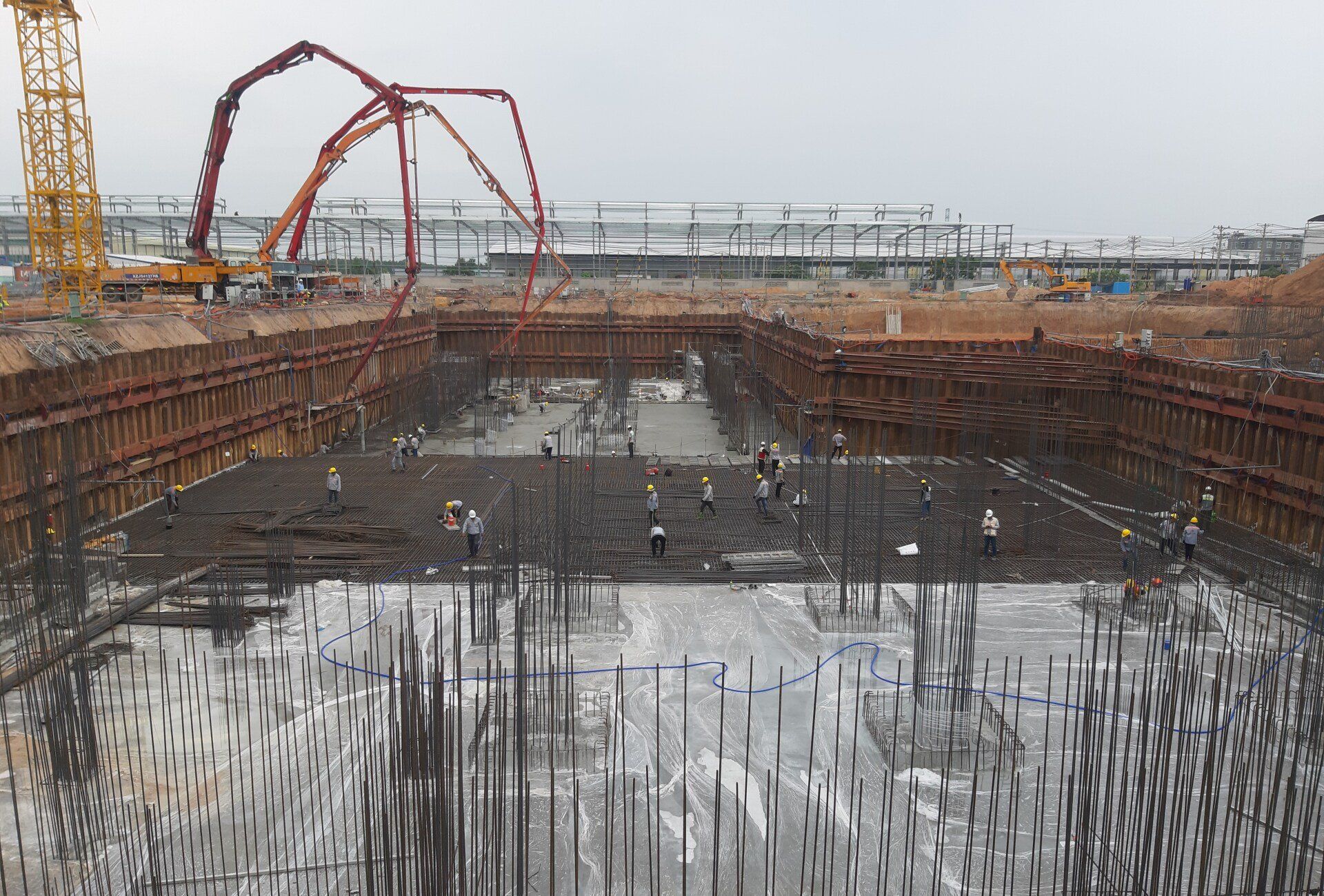
Understanding Foundation Underpinning
Foundation underpinning is a corrective measure used to strengthen and stabilize the foundation of a building. It is typically necessitated by various factors that compromise the integrity of a foundation, such as soil subsidence, improper foundation construction, or changes in the usage of the building that require a stronger foundation.
When to Consider Foundation Underpinning
Recognizing the signs that your home may need underpinning is crucial. Here are some indicators:
- Visible Cracks on Walls or Foundation: Small, hairline cracks are normal as a house settles over time. However, wide, long, or expanding cracks can indicate serious foundation issues.
- Uneven Floors: Noticeable sloping or unevenness in floors can be a sign of foundation settlement or shifting.
- Doors and Windows Sticking: If doors or windows begin to stick or fail to close properly, it might be due to foundation movement.
- Gaps Around Window and Door Frames: Gaps can indicate that your house is shifting unevenly due to foundation problems.
- Leaning Walls: A leaning wall is a serious sign of foundation failure and requires immediate attention.
Why Invest in Foundation Underpinning
Investing in foundation underpinning can seem daunting, but there are compelling reasons to consider it:
Prevents Further Damage:
Addressing foundation issues early can prevent more extensive and expensive repairs in the future.
Increases Property Value: A stable foundation is crucial to maintaining and potentially increasing your property's value.
Enhances Safety: Ensuring your foundation is secure is paramount to the safety of your home and its occupants.
Compliance and Insurance: Some regions require underpinning for compliance with local building codes, and it can also affect your home insurance policy.
Types of Foundation Underpinning
There are several methods of foundation underpinning, each suited to different situations:
Mass Concrete Underpinning (Pit Method):
The traditional method, involving excavating sections beneath the existing foundation and filling them with concrete in a sequential manner.
Beam and Base Underpinning: Involves constructing a reinforced concrete beam below the existing foundation. This beam distributes the load to a concrete base that sits on more stable soil.
Mini-Piled Underpinning: Goes deeper than traditional methods, using piles to transfer the load of the building to stable soil far below the surface, suitable for buildings near other structures or on very unstable soil.
Planning and Execution
Before embarking on an underpinning project, careful planning is necessary:
Hire a Structural Engineer:
It's crucial to have a detailed assessment of your home's foundation to determine the best underpinning method.
Obtain Necessary Permits: Foundation work often requires permits from local authorities. Ensure compliance to avoid legal issues.
Choose a Reputable Contractor: Look for a contractor with experience and a solid track record in foundation underpinning.
Prepare for Disruption: Underpinning can be disruptive. Be prepared for noise, dust, and access issues during the project.
Cost Considerations
The cost of foundation underpinning varies widely depending on the method used, the extent of the damage, and the size of the building. While it can be expensive, it's often more cost-effective than dealing with the aftermath of a foundation failure.
Conclusion
Foundation underpinning is a significant but essential investment in the longevity and safety of your home. Recognizing the signs that underpinning might be necessary and understanding the process can help you make informed decisions about this crucial aspect of home maintenance. Remember, the key to a successful underpinning project lies in thorough planning, compliance with local regulations, and choosing the
right professionals for the job. By taking these steps, you can ensure the stability of your home for years to come.


